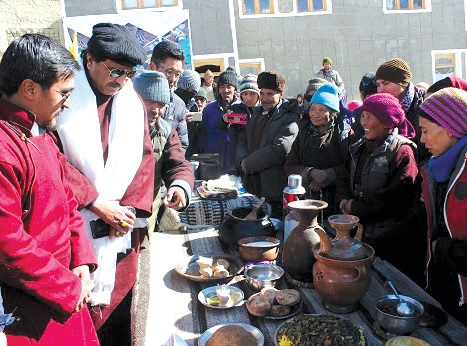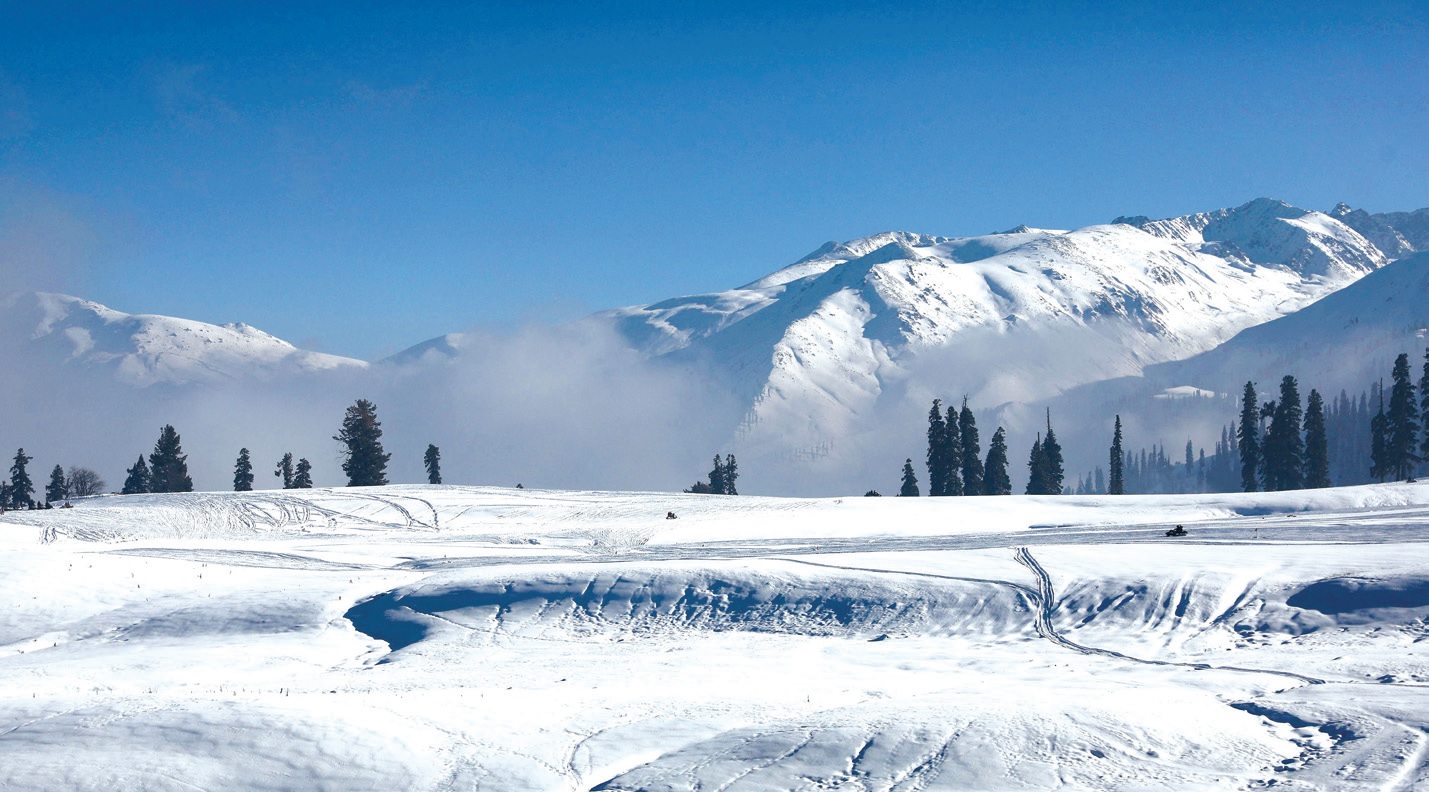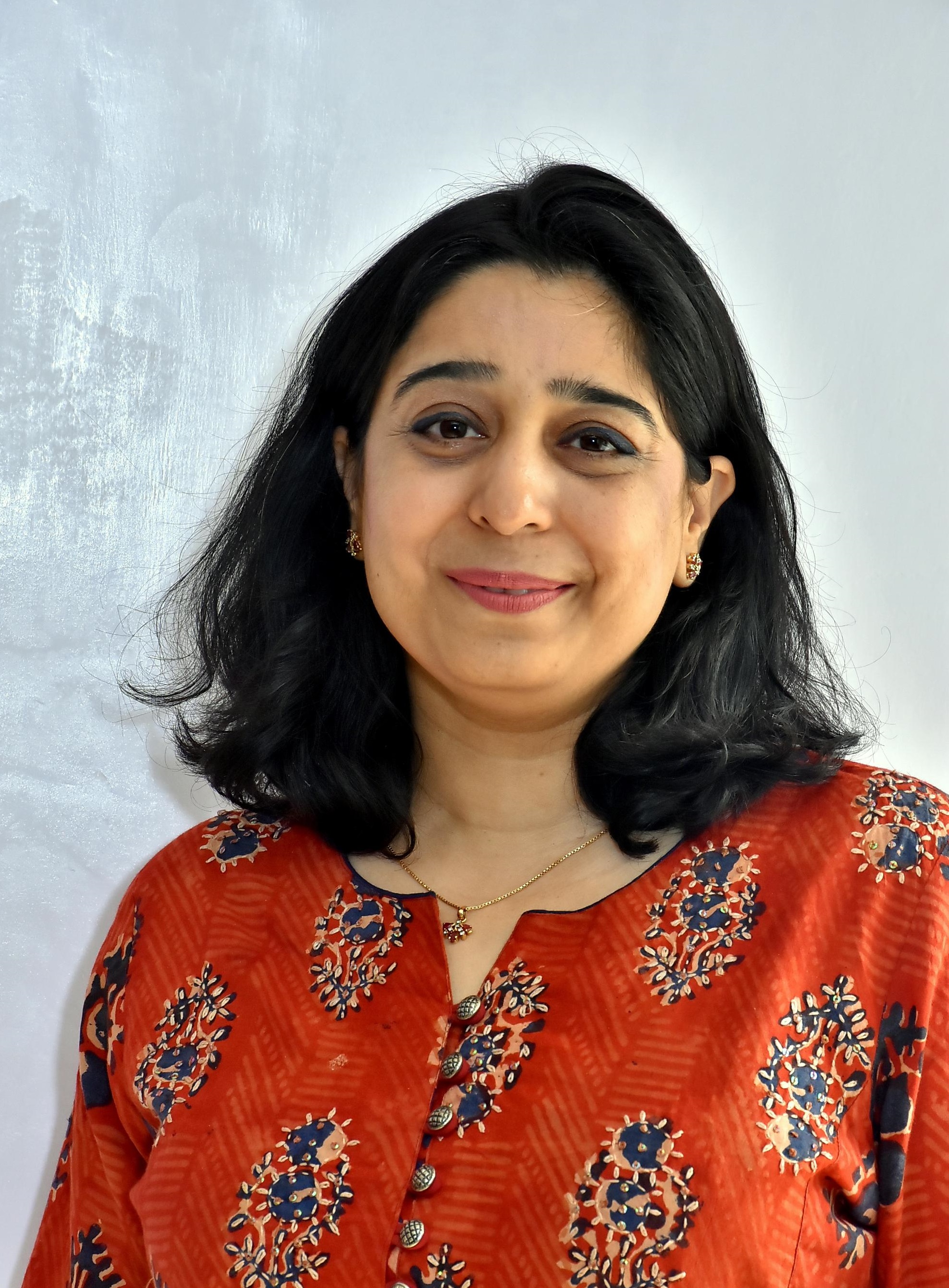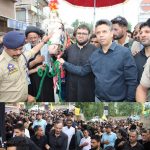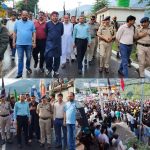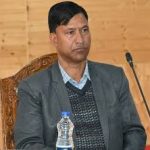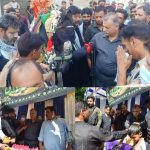Across the UT of Ladakh several festivals are celebrated among different ethnic groups throughout the year. The festivals in Ladakh bring out the cultural diversity among the people who celebrate their distinct culture and traditions amidst the picturesque beauty of the place. During these festivities people in Ladakh flaunt their rich tradition and unique culture through various forms of arts including dance, music and street plays.
The ethnic diversity In UT Ladakh along with various religious influences, is reflected in the symphony of social and cultural traditions practised by the people.
Some of the distinct ethnic groups coexisting with unique traditional and cultural features include Kargil Purig, Balti, Dard and Zangskari.
Some of the most prominent festivals that are still celebrated in parts like Kargil are Mindok Gryaspa (flower festival) , celebrated among Muslims and Buddhists , Losar (Ladakhi New Year), Strubla (harvesting), Mamani (Food festival that marks the end of winter), Bon-onah, etc.
During Mamani (food festival)People gather at a designated place in their village with various traditional dishes to celebrate Mamani, the traditional food festival of Purig. The festival of Mamani marks the end of winter and the beginning of spring season and is celebrated on 21st of January of the Gregorian calendar.
As part of the celebration, people prepare various traditional dishes such as thukpa, popot (grain soup), hrtsrap khur (leavened bread), mar-khur, azoq (deep fried bread), poli (buckwheat pancakes), curd, suggoo (kash or pachae) which is followed by gathering at the Hlchangra (meeting place in the village) on the evening of 20th January and early morning of 21st January.
This date is significant as it marks the beginning of the second month of the Ladakhi Calendar. Once everyone has gathered, the celebration of Mamani commences and people start to distribute the dishes among each other.
In olden times, people used to worship various animistic spirits called Lha. As part of that tradition, they would prepare various dishes and offer a portion of it to the spirits.
There is another interesting tradition linked to Mamani during which children visit every neighbourhood to collect money for organising a celebration called Issun. This is still practised in Chanchik neighbourhood of Kargil town.
Losar (Ladakhi New Year):
J&K Academy of Arts, Culture and Languages, Kargil has been organising Losar celebrations in Wakha-Mulbekh over the last three years. Various cultural troupes from Drass, Kukshow and other parts of Kargil have been participating in these celebrations, which attract thousands of people from across Kargil and outside.
Losar is celebrated to mark the beginning of New Year according to the Tibetan and Ladakhi calendar and is celebrated across the Tibetan sphere, including Ladakh and Gilgit-Baltistan. In Ladakh, the Buddhist communities celebrate it with special prayers and rituals being performed at various sacred places such as the village gonpa and cultural programmes at the Hlchangra.
During Losar, married women return to their maternal home along with their children and husbands. Often a sheep or yak would be slaughtered to prepare various special dishes such as sauches (thukpa) from buckwheat and nyanag with meat etc. These women and their family members would then return to their respective homes after a week-long feast with gifts, special cakes (azoak), mar-khor etc.
These celebrations often start by mid-December and continue till the end of January. Many families still host a feast for neighbours and relatives to mark the New Year.
Mintok Ltanmoo or Mindok hRgyaspa
Mintok Ltanmoo (flower festival) or Mindok hRgyaspa (blossom of the flowers) is celebrated in Kargil with great enthusiasm by Buddhists and Muslims alike. According to the experts, this celebration of this festival goes back to ancient times, when it marked the arrival of summer and the blossoming of wild flowers.
One of the most famous celebrations of this festival is amongst the Buddhists of Wakha-Mulbekh. Once wild flowers start to blossom, people collect them and bring them to a central place.Experts mentioned that special prayers are also performed for a good harvest and for a trouble-free season.
After the conclusion of the performances and rituals, the flowers are presented to the rock statue of the Maitreya Buddha at Mulbekh. Each year, this festival also attracts many domestic and international tourists who come to witness this colourful festival.
The same festival is also celebrated by Muslims in Kargil and called Mindok hrgyaspa (blossom of the flowers). They have changed the celebration of the festival slightly.
Flowers are collected from the mountainsides on a Thursday or Friday and early in the morning the flowers are offered at the graves of the loved ones along with prayers for their souls.
Festivals of the Dards
According to Raza Amjad Badgami The Dardic Community accounts for a small section of Kargili society. While there is a diversity of dialects spoken within the Dardic community, everyone shares the same cultural and ethnicity.
Till the last decade—Dards celebrated their traditional festivals with zeal and fervour. These festivals included Shino Bijono, which is celebrated in Europe as May Day. Celebrations would take place over 15 days from 15 February to 1 March and marked the commencement of summer. The celebrations included different games and parties with traditional music and dances. People would prepare various special dishes such as Dirom (pancake) and Fatti (buckwheat bread), which would be served with apricot oil.
A festival is celebrated in the harvesting season, which is called Doom Nikhayi in Dardistan and Younawey in Kargil.
After harvesting, Dards would sing while collecting the yields and store it for future use. The song’s words were:
Bismillah ya Khuda barkat dae, Oosom Doosami barket dae, Kharkii jawani barket dae, Katwal batwali barket dae, Gilgit malaeyki barket dae
(O Almighty give me a bounty, a bounty like Oosom Doosom, a bounty like the youthful age of Kharkii, bounty like Katwal and Batwal, bounty like the country of Gilgit).
One of the famous festivals still observed by Buddhist members of the Dard community, is that of Bon-onah. This is a modified version of the famous festival Shiono Bijono that is celebrated in Gilgit. Bon-onah is celebrated on rotational basis by different villages where Buddhist and Dards live. The turn of various villages is fixed in advance and this year the celebrations will be held in Hanu.
The Dardic Community in Kargil used to celebrate Yownavey festival till about two decades ago. As part of the celebrations, the head of each family would secretly collect a bunch of wheat or barley from the field and take it inside the house. He would then roast it and distribute it amongst family members and eat it with butter or milk. The first morsel of this special dish would be offered to the fire, after which family members would enjoy the first yield of the season.


